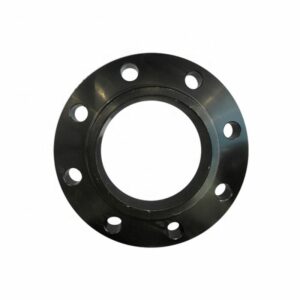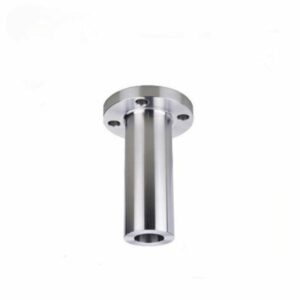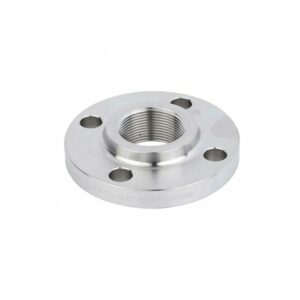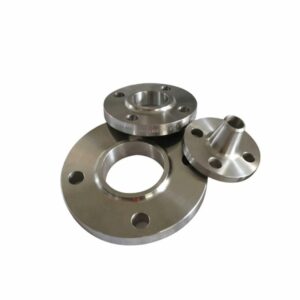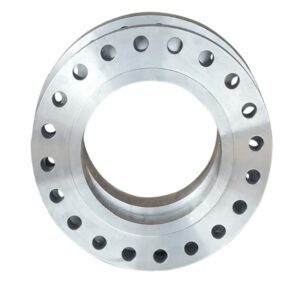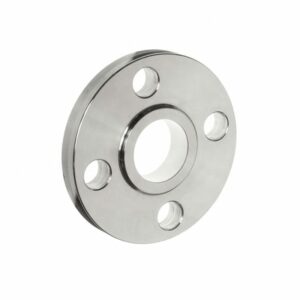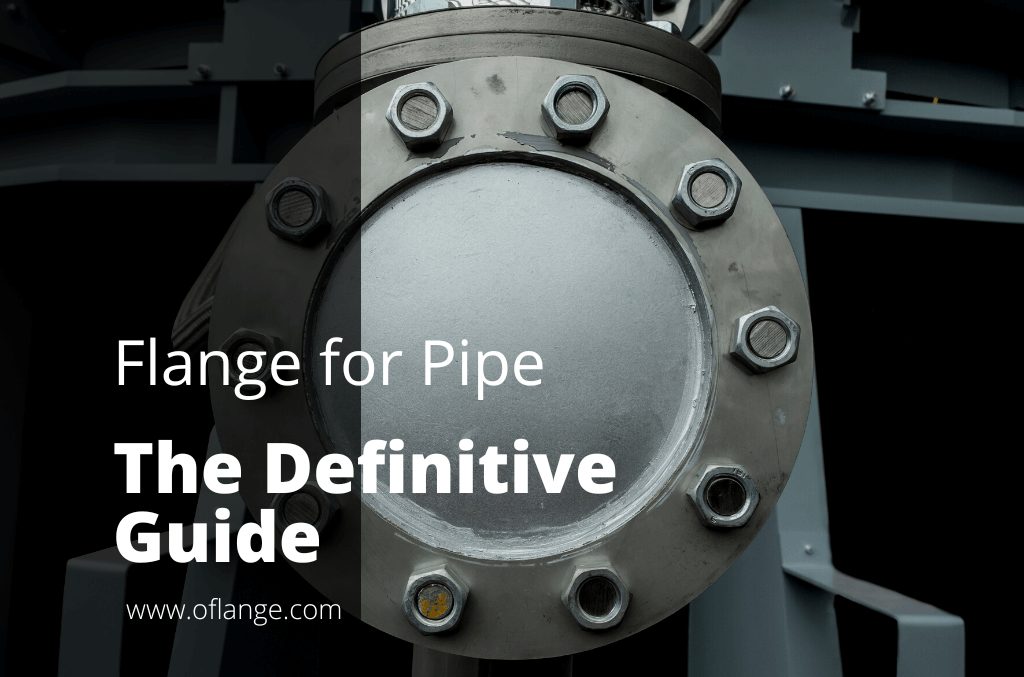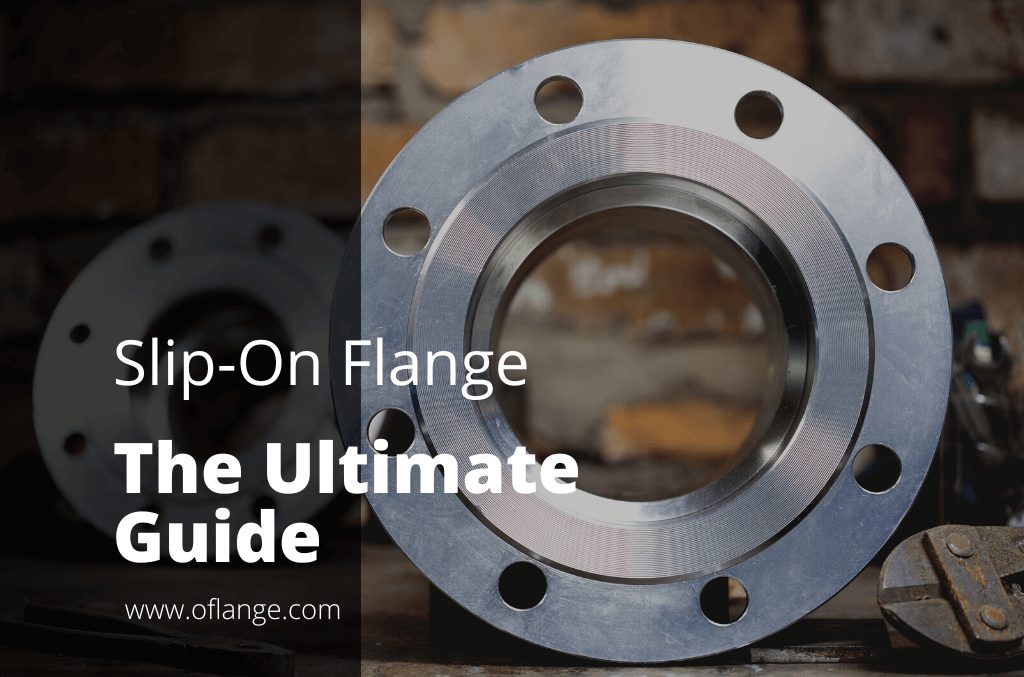PRODUCT FEATURES
Flange Fittings Manufacturer to Rocket Your Business
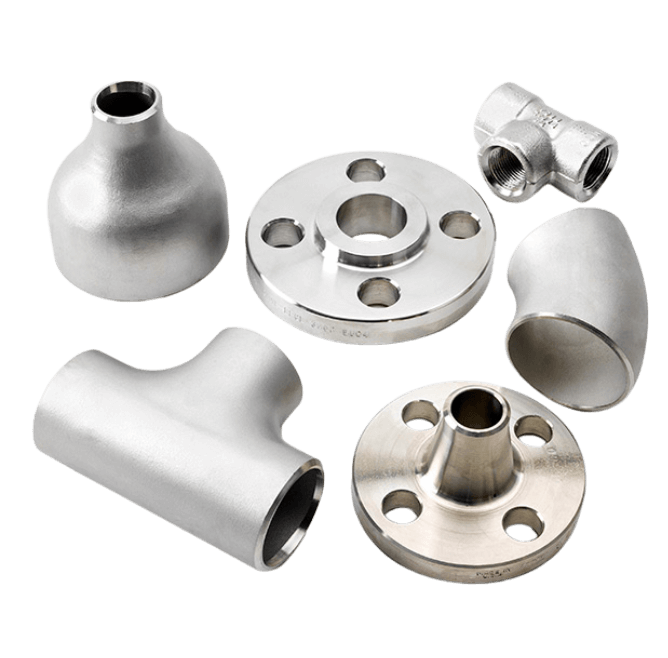
PRODUCTS
Proud To Offer A Wide Variety Of Flanges
If you are looking for something specific that isn’t listed on our website yet, just contact us today!

ABOUT US
Who Is Oflange.com
oflange.com have seen that today there are also many flange companies in China & internationally. However, their solutions were still stuck a few years ago.
In fact, we have been upgraded in recent years, and oflange.com hope our smart and flexible solutions can inject fresh blood into this market.
PARTNER
Who Trust Us





BUYER’S GUIDE
Flange Fittings 101: Everything You Need to Know
If you’re in the business of moving liquids or gases around, then you’ll need flange fittings to do the job. But what are they? And more importantly, how do you use them?
One of the most important pieces of equipment in any business is plumbing. And if something goes wrong with your plumbing, it can be a disaster. That’s why it’s so important to know about flange fittings – they can help keep your plumbing up and running smoothly.
In this blog post, we’ll explain what flange fittings are and how they work. We’ll also give you some tips on using them correctly and fixing common problems. So read!
Table of contents
1. What Are Flange Fittings
Flange fittings are a type of pipe fitting that provides a method of connecting pipes and other fittings together. They are typically used in high-pressure or high-temperature applications.
Flange fittings consist of two flanges, which are the flat plates that join the two ends of the pipe flange fitting, and a bolt ring, which is the assembly that holds the flanges together. The flanges are bolted to each other, and the bolt ring is then tightened to create a seal between the flanges.
Flange fittings are available in a variety of sizes and material grades to meet the needs of different industrial applications. They can be made from metals such as carbon steel, stainless steel, aluminum, and brass. Flange fittings are also available in a variety of different pressure and temperature ratings to meet the needs of different applications.
2. Types of Flange Fittings
There are many types of flange fittings available on the market. Some of the most common types include:
Slip-On Flange Fittings
These flange fittings are easy to install and are perfect for use with standard pipe sizes. They are held in place with a nut and bolt and feature a flange that slips over the end of the pipe.
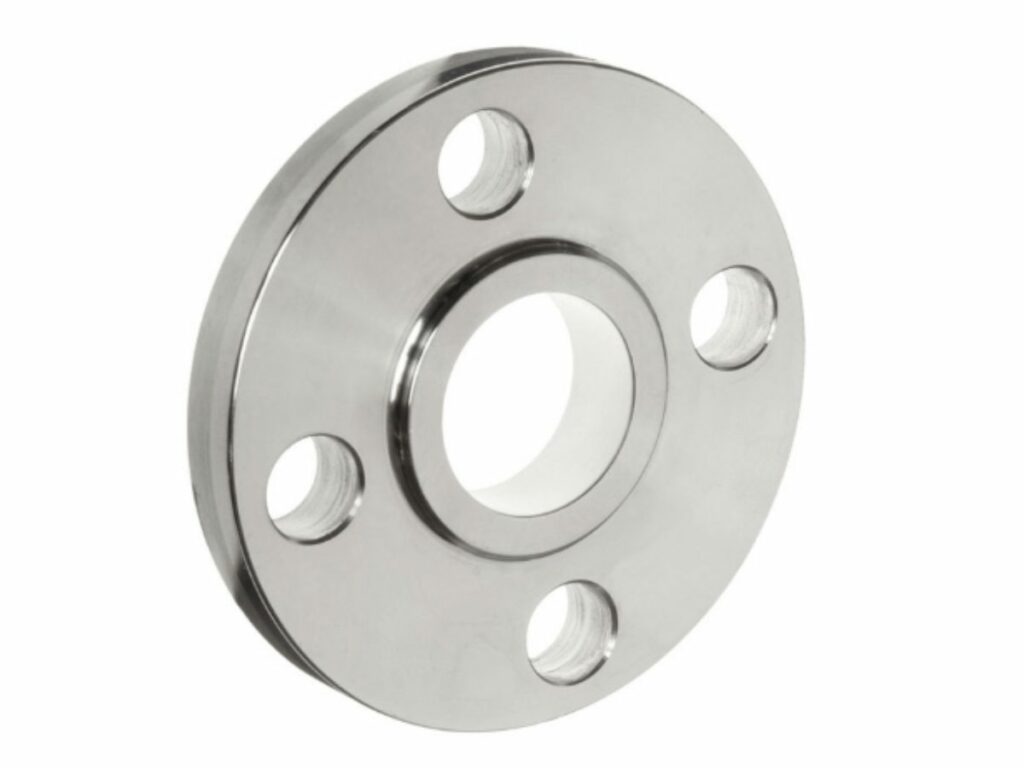
Weld Neck Flange Fittings
Weld neck flange fittings are designed for high-pressure applications. They feature a thick flange that is welded to the pipe, providing a strong connection that can withstand high-pressure loads.
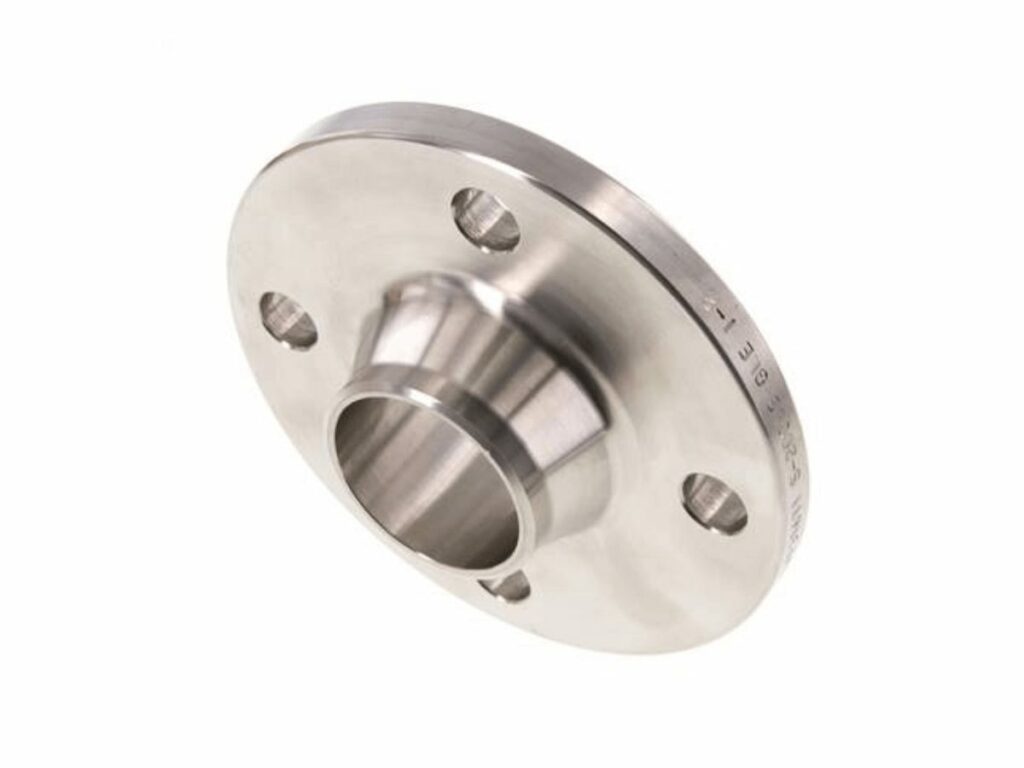
Socket Weld Flange Fittings
Socket weld flange fittings are similar to slip-on flange fittings but feature a socket that the pipe is welded into. This provides a stronger connection than a slip-on flange fitting.
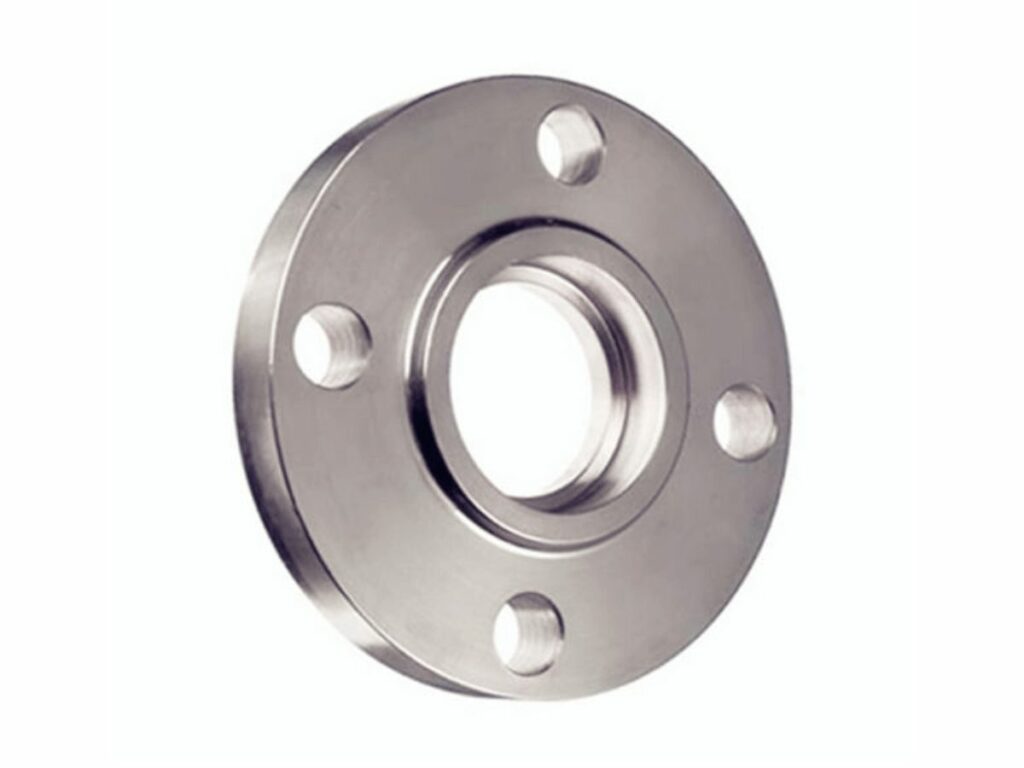
Threaded Flange Fittings
Threaded flange fittings are perfect for use in low-pressure applications. They are easy to install and remove, and can be used with standard pipe sizes.
Therefore, when selecting flange fittings for your next project, be sure to choose the right type of fitting for the job.
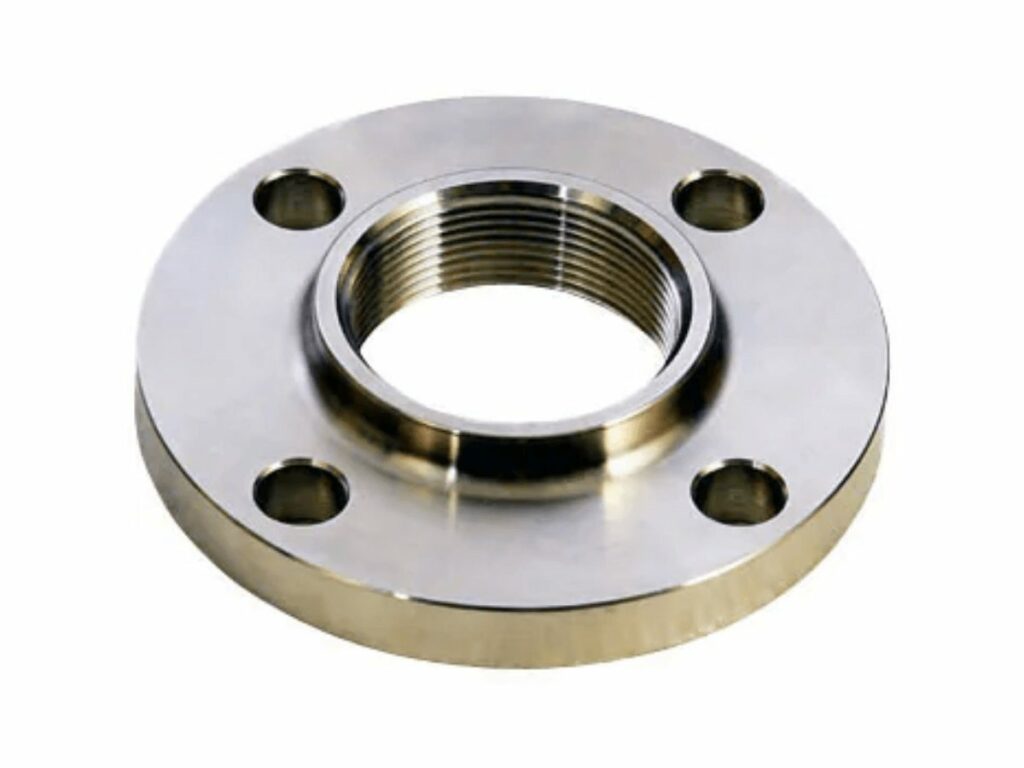
If you have any questions about flange fittings, or if you need help selecting the right fitting for your project, please contact us at Oflange. We have a wide range of items in our stock and can help you find the perfect flange fitting for your needs.
3. Flanged Fittings Specifications
Flanged fittings are used to joints pipes together. They are usually made from metal and have flanges on each end of the fitting. The flanges are then bolted or screwed together to create a seal.
There are several specifications that need to be considered when choosing flanged fittings including:
The Size of the Flange
The size of the flange is one of the most important specifications to consider. The flange size should be matched with the size of the pipe mounting flange to ensure a proper fit.
There are different sizes of flanges including:
- Standard flanges
- Large flanges
- Extra-large flanges
The Type of Flange
The type of flange is also important as it needs to be compatible with the flange on the other end of the fitting. There are several types of flanges including:
- Weld Neck Flange Fittings
- Slip-On flange
- Socket weld flange
- Threaded flange
The Material of the Flange
The material of the flange needs to be compatible with the material of the pipe. The most common materials of wall flange for pipe are:
- Stainless Steel Flange Fittings
- Carbon steel Flange Fittings
- Alloy steel Flange Fittings
- Cast Iron Flange Fittings
- Brass Flange Fittings
- Aluminum Flange Fittings
The Pressure Rating of the Flange
The flange must be able to withstand the pressure of the fluid passing through it. The most common pressure ratings for flanges are:
- Class 150
- Class 300
- Class 600
- Class 900
- Class 1500
- Class 2500
Overall, there are many specifications to consider when choosing flanged fittings. However, by understanding the different specifications, you can choose the right flange for your needs.
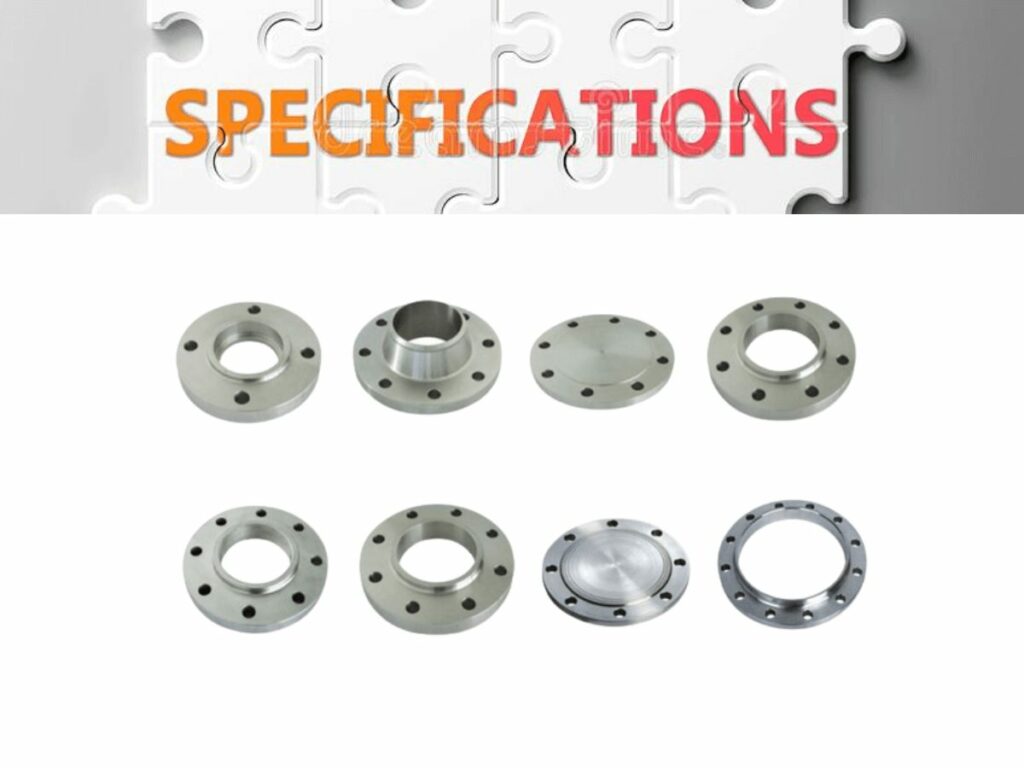
4. Flanged Fittings Standard Dimensions
The dimensions for flanged fittings can vary depending on the type of flange and the standard that is being used. However, there are a few general dimensions that are used for most flanged fittings.
Here are the standard dimensions for flanged fittings:
- Flange size: 1/2″ to 24″
- Flange thickness: 3/8″ to 2″
- Flange type: raised face, ring type joint, or slip-on
- Bolt circle: 4″ to 240″
- Bolt size: #0 to #12
- Flange rating: 150 to 2500 pounds per square inch (psi)
The flanged fitting dimensions can vary depending on the application. For example, some flanged fittings are used in high-pressure applications, while others are used in low-pressure applications. The flange thickness and bolt circle may be different for each type of flange union fitting.
It is important to know the standard dimensions for flanged fittings when ordering or installing them. If the wrong dimensions are used, the flange may not fit properly or may not be able to handle the pressure of the application.
5. Flange Fittings Pressure-Temperature Ratings
When selecting flange fittings for high-pressure and high-temperature applications, it is important to know the pressure-temperature ratings of the flange fittings. The pressure-temperature ratings indicate the maximum allowable working pressure and temperature of the flange fittings.
The following are the pressure-temperature ratings of some common flange fittings:
| Type | Classification |
|---|---|
| Weld neck flanges | Class 150 – 1500, PN 16 – 160 |
| Threaded flanges | Class 150 – 1500, PN 16 – 160 |
| Slip-on flanges | Class 150 – 1500, PN 16 – 160 |
| Lap joint flanges | Class 150 – 1500, PN 16 – 25 |
| Socket weld flanges | Class 3000 – 6000, PN 25 – 320 |
| Orifice flanges | ASME B16.36, Class 150 – 2500, PN 16 – 160 |
| Blind flanges | ASME B16.47 Series A & B, Class 150 – 2500, PN 16 – 160 |
| Spectacle flanges | ASME B16.48, Class 300 – 3000, PN 25 – 320 |
Flange fittings with the appropriate pressure-temperature ratings can be selected for high-pressure and high-temperature applications. It is important to select flange fittings with a rating that is higher than the maximum pressure and temperature that your system will experience.
6. Common Applications of Flange Fittings
Flange fittings have a variety of common applications in various industries. Some of the most common applications are:
Piping and Plumbing
Piping and plumbing are two of the most common applications for flange fittings. Flange fittings are used to connect pipes and tubes in a variety of ways. This allows for the transfer of liquids and gases in several different applications.
Heating, Ventilation, and Air Conditioning (HVAC)
HVAC systems are another common application for flange fittings. In HVAC systems, flange fittings are used to connect ducts and pipes. This allows for the transfer of air in heating, cooling, and ventilation applications.
Automotive
Flange fittings are also commonly used in the automotive industry. In the automotive industry, flange fittings are used to connect fuel lines, oil lines, and other hoses for a tight seal. This allows for the transfer of fluids in various applications.
Electrical
Flange fittings are also commonly used in electrical applications, as they can provide a secure connection between two pieces of electrical conduit floor flange. This allows for a tight seal and prevents the escape of electricity.
Marine
Flange fittings are also used in marine applications. In the marine industry, flange fittings are used to connect hulls and decks. This allows for a tight seal and prevents water from entering the vessel.
Flange fittings are versatile and have a variety of common applications in different industries. If you’re looking for a reliable way to connect pipes, tubes, or hoses, flange fittings may be the right choice for you.
7. How Do You Install a Flange Fitting Properly
Installation of flange fittings can be a bit tricky, so it’s important to know how to do it properly. Here is the step by step process for installing flange fittings:
Step#1 Get the Flange Fitting and the Pipe Ready
Make sure that you have all of the necessary tools and equipment ready before you start. This includes the tank flange fitting, a pipe cutter or saw lubricant, and an adjustablewrench.
Step#2 Clean the Pipe Ends
The first step is to clean the pipe ends. You want to make sure that there is no debris or dirt on the pipe before you start.
Step#3 Cut the Pipe
Next, you will need to cut the pipe. If you are using a pipe cutter, you will want to make sure that you follow the manufacturer’s instructions. Once the pipe is cut, you will need to remove anyburrsfrom the edges.
Step#4 Apply Lubricant
The next step is to apply lubricant to the flanged elbow fitting. This will help to make sure that the fitting does not get stuck when you are trying to install it.
Step#5 Install the Flange Fitting
Now, you can install the flange fitting. You will want to start by threading the flange onto the pipe. Once the flange is in place, you can tighten it down with an adjustable wrench.
Step#6 Test for Leaks
Once the flange fitting is installed, you will want to test for leaks. The best way to do this is to turn on the water and see if there are any leaks. If there are, you will need to tighten the fitting down more. If there are no leaks, you can turn the water off and enjoy your new flange fitting.
Once the flange fitting is installed properly, you can rest assured that it will hold up under pressure. It’s important to make sure that you install it correctly so that it doesn’t leak and cause damage to your plumbing system.
Flange fittings can be a tricky thing to install properly. But by following these simple steps, you can make sure that your flange fitting is installed correctly and without any leaks.
If you have any questions about installing a flange don’t hesitate to contact us at Oflange. We would be happy to help you get your flange fitting installed correctly.
8. How Do You Know Which Type of Flange Fitting Is Right for Your Needs
When it comes to flange fittings, there are a few different types that you can choose from. Each type has its advantages and disadvantages, so it’s important to know which one is right for your needs. Here are a few things to keep in mind when choosing a flange fitting:
The Size and Pressure of the Flange Fitting
One of the most important things to consider when choosing a flange fitting is the size and pressure of the flange. You need to make sure that the flange fitting is compatible with the size and pressure of your pipe. If it’s not, it could cause problems down the line.
The Type of Connection You Need
There are also different types of flange fittings available, so it’s important to choose the right one for your needs. The most common type of flange fitting is the welded flange, which is ideal for applications where welding is required.
If you don’t need to weld the flange fitting, then you can choose from a variety of other types, such as the slip-on flange, threaded flange, or blind flange.
The Environment in Which the Flange Fitting Will Be Used
Another thing to consider when choosing a flange fitting is the environment in which it will be used. If it will be used in a harsh or corrosive environment, then you’ll need to choose a fitting that is made from corrosion-resistant materials.
If you’re not sure which type of flange fitting is right for your needs, it’s always best to consult with a professional. They will be able to help you choose the right flange fitting for your specific application.
9. 5 Tips on How To Ensure That Your Flange Fittings Are Installed Correctly
Flange fittings are a critical component of many industrial and commercial piping systems. When these fittings are not installed correctly, it can lead to leakage and other problems.
Here are some tips on how to ensure that your flange fittings are installed correctly:
#1 Check the Flange for Damaged or Missing Bolts
Check the flange for damaged or missing bolts. If any bolts are missing, they need to be replaced before installing the flange fitting.
#2 Make Sure the Flange Fitting Is Properly Aligned
Make sure the flange fitting is properly aligned before tightening the bolts. If the flange is not aligned correctly, it can lead to leakage and other problems.
#3 Check for Leaks
Check for leaks after installing the flange fitting. If there are any leaks, they need to be fixed before proceeding with the piping system.
#4 Tighten the Bolts in a Cross Pattern
Tighten the bolts in a cross pattern. This will ensure that the flange is properly tightened and that there is even pressure on the flange fitting.
#5 Follow the Manufacturer’s Instructions
Follow the manufacturer’s instructions when installing flange fittings. This will ensure that the pipe wall flange fitting is installed correctly and that there are no problems with the installation.
If you follow these tips, you can ensure that your flange fittings are installed correctly and prevent any potential problems.
10. Conclusion
That’s it for our introduction to flange fittings! We hope you found this post helpful. If you have any questions or need help selecting the right flange fittings for your project, please don’t hesitate to call us at Oflange. We’d be happy to assist you in finding the perfect fittings for your needs. Thanks for reading!
